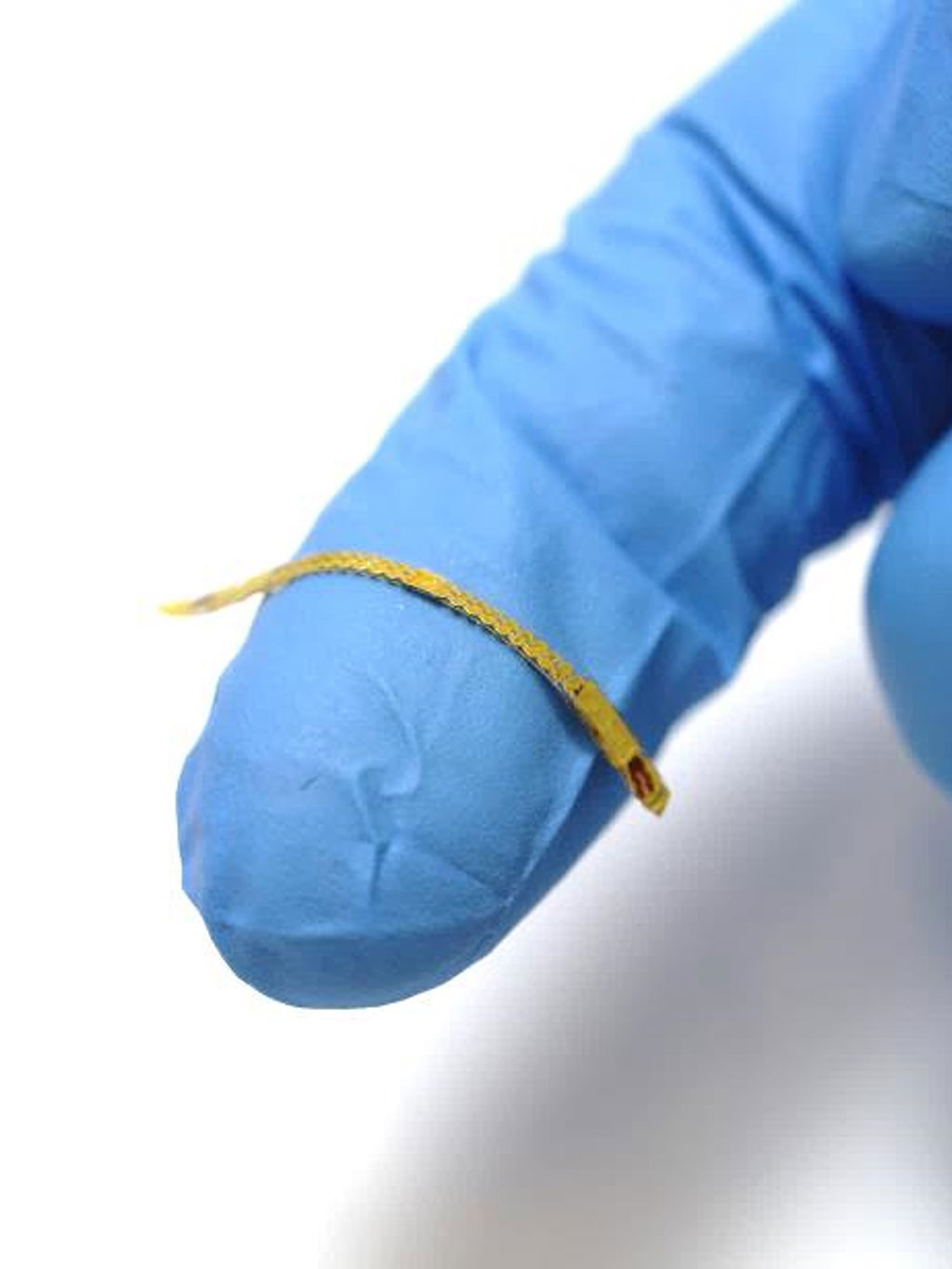Smart Stent for Hemodynamics Monitoring Could Eliminate Need for Angiogram Imaging
Posted on 13 May 2022
Vascular diseases are the leading killers worldwide, accounting for nearly a third of all human deaths on the planet. Continuous monitoring of hemodynamics – blood flow through the vascular system – can improve treatments and patient outcomes. But deadly conditions like hypertension and atherosclerosis occur in long and twisting vascular system with arteries of varying diameter and curvature, and existing clinical devices are limited by their bulk, rigidity, and utility. A team of researchers is now trying to improve the odds for patients with the development of an implantable soft electronic monitoring system.
Researchers at the Georgia Institute of Technology (Atlanta, GA, USA) have developed a new device consisting of a smart stent and printed soft sensors that is capable of wireless real-time monitoring of hemodynamics without batteries or circuits. When the device is installed in a patient with atherosclerosis, in addition to expanding and preventing the artery from narrowing, like a traditional stent, restoring normal blood flow, it will also provide a constant flow of data. The system seeks to circumvent the need for an angiogram or other imaging requirements that are the current standard way to monitor hemodynamics. Such methods can also be expensive and in rare instances, particularly with patients also struggling with diabetes, the dyes and radiation used in angiogram imaging can cause cancer.

The wireless smart stent platform, integrated with soft sensors, is operated by inductive coupling to offer wireless real-time monitoring that can detect a wide range of vascular conditions. Inductive coupling uses magnetic fields for wireless energy transfer. It is similar to a wireless charger used for the phone, smartwatch, or other devices – they are gaining energy from the magnetic field created by the charger. The researchers have tested their wireless implantable system on animal models although there is still plenty of work to do.
“This electronic system is designed to wirelessly deliver hemodynamic data, including arterial pressure, pulse, and flow, to an external data acquisition system, and it is super small and thin, which is why we can use a catheter to deliver it, anywhere inside the body,” said Woon-Hong Yeo, a researcher at Georgia Institute of Technology.
“Basically, you can put this sensor system anywhere inside the body,” added Yeo. “The other thing about this technology platform is, in addition to being an implantable sensor system, it can be used as a wearable system. Think about a smartwatch and how much of its bulk is taken up by circuits or batteries. If you remove all of that, you have a device that is thinner than a typical Band-Aid, an almost invisible health monitor that you can wear anywhere.”
Related Links:
Georgia Institute of Technology














